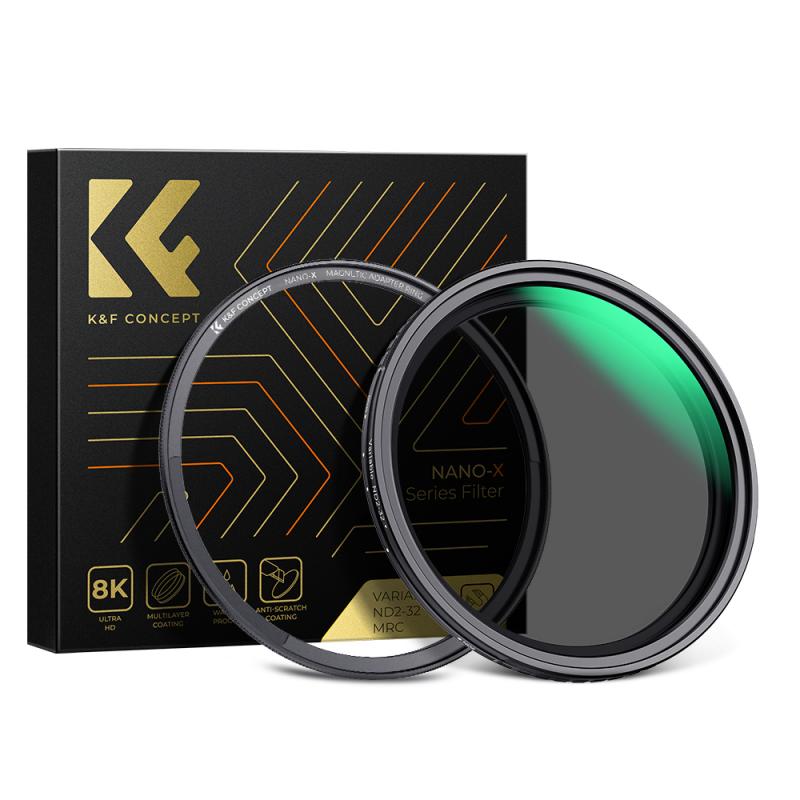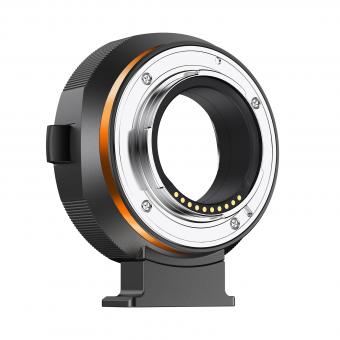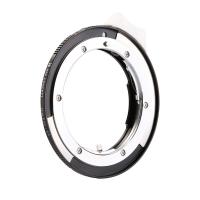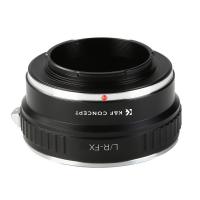Are Electron Microscopes Affected By Magnetic Field ?
Yes, electron microscopes are affected by magnetic fields. This is because electron microscopes use a beam of electrons to create an image, and electrons are charged particles that can be deflected by magnetic fields. In fact, some types of electron microscopes, such as transmission electron microscopes (TEMs), use magnetic lenses to focus the electron beam onto the sample being imaged. Magnetic fields can also be used to manipulate the electron beam and create contrast in the resulting image. However, magnetic fields can also cause distortion or aberrations in the image if they are not properly controlled or compensated for. Therefore, electron microscopes are often designed with magnetic shielding and other measures to minimize the effects of external magnetic fields.
1、 Magnetic field effects on electron microscopy
Yes, electron microscopes can be affected by magnetic fields. Magnetic fields can cause deflection of the electron beam, leading to distortion of the image. This effect is known as magnetic lensing and can be particularly problematic in high-resolution imaging.
To mitigate the effects of magnetic fields, electron microscopes are typically shielded with materials that are highly permeable to magnetic fields, such as mu-metal. Additionally, the electron optics of the microscope can be designed to minimize the effects of magnetic fields.
Recent advances in electron microscopy have led to the development of aberration-corrected electron microscopes, which are less susceptible to the effects of magnetic fields. These microscopes use advanced electron optics to correct for aberrations caused by magnetic fields, resulting in higher resolution and more accurate imaging.
Overall, while magnetic fields can have an impact on electron microscopy, modern electron microscopes are designed to minimize these effects and can produce high-quality images even in the presence of magnetic fields.
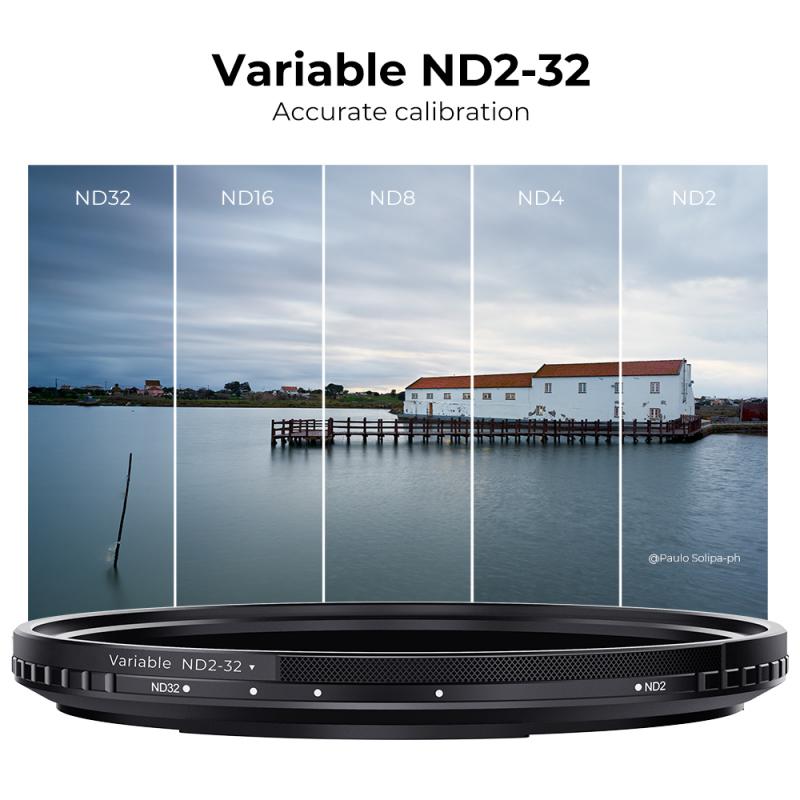
2、 Magnetic field shielding in electron microscopy
Yes, electron microscopes can be affected by magnetic fields. Magnetic fields can cause distortions in the electron beam, leading to image artifacts and reduced resolution. Therefore, magnetic field shielding is an important consideration in electron microscopy.
Magnetic field shielding involves the use of materials that can block or redirect magnetic fields. These materials are typically made of high-permeability alloys, such as mu-metal or permalloy. The shielding can be placed around the electron microscope or incorporated into the microscope itself.
Recent advancements in electron microscopy have led to the development of aberration-corrected electron microscopes, which can correct for distortions caused by magnetic fields. These microscopes use advanced optics and software to correct for aberrations in the electron beam, resulting in higher resolution and more accurate imaging.
In addition, cryogenic electron microscopy (cryo-EM) has become a popular technique for studying biological samples. Cryo-EM involves freezing samples to very low temperatures, which can reduce the effects of magnetic fields on the electron beam. However, even in cryo-EM, magnetic field shielding is still important to ensure accurate imaging.
Overall, magnetic field shielding is an important consideration in electron microscopy, and advancements in technology have led to improved methods for correcting for magnetic field distortions.
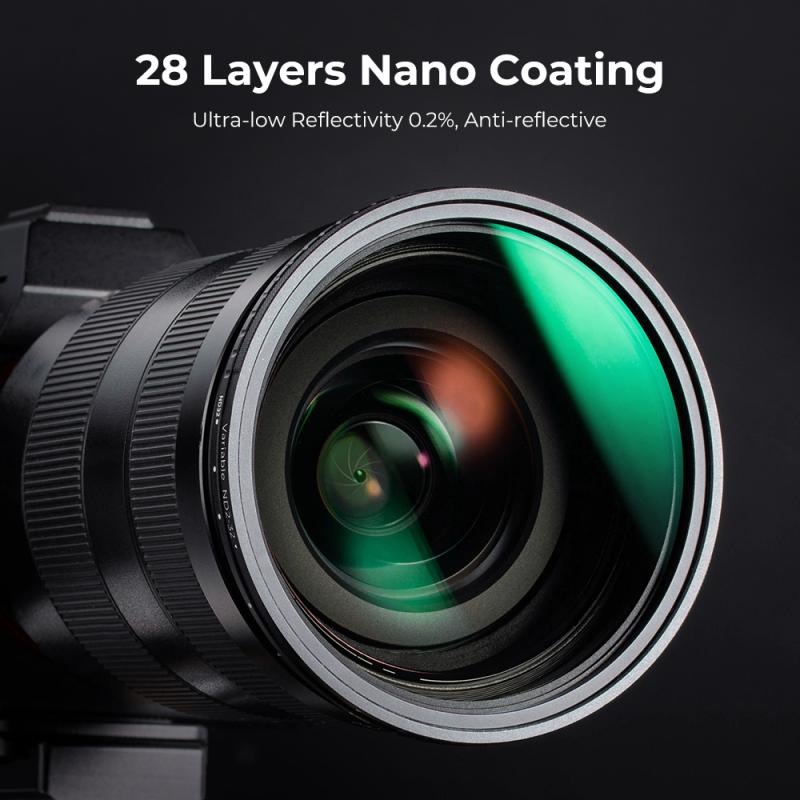
3、 Magnetic field compensation in electron microscopy
Yes, electron microscopes are affected by magnetic fields. Magnetic fields can cause distortions in the electron beam, leading to image aberrations and reduced resolution. However, magnetic field compensation techniques have been developed to mitigate these effects.
One such technique is the use of magnetic field correctors, which are specialized lenses that can correct for magnetic field distortions in the electron beam. These correctors use a combination of electric and magnetic fields to adjust the trajectory of the electrons, allowing for high-resolution imaging even in the presence of strong magnetic fields.
Another technique is the use of magnetic shields, which are materials that can block or redirect magnetic fields. These shields can be placed around the electron microscope to reduce the impact of external magnetic fields on the electron beam.
Recent advancements in magnetic field compensation techniques have led to significant improvements in electron microscopy. For example, the development of aberration-corrected electron microscopy has allowed for imaging at sub-angstrom resolution, enabling the visualization of individual atoms and molecules.
In summary, while electron microscopes are affected by magnetic fields, magnetic field compensation techniques have been developed to mitigate these effects and enable high-resolution imaging even in the presence of strong magnetic fields.

4、 Magnetic field distortion correction in electron microscopy
Yes, electron microscopes are indeed affected by magnetic fields. The presence of magnetic fields can cause distortion in the electron beam, leading to image aberrations and reduced resolution in electron microscopy. This distortion arises due to the interaction between the magnetic field and the charged particles in the electron beam.
To mitigate the effects of magnetic field distortion, various techniques have been developed for magnetic field correction in electron microscopy. One such technique is the use of magnetic field shielding, where the microscope is enclosed in a shielded chamber to minimize the external magnetic field interference. This helps to maintain a stable magnetic field environment for the electron beam.
Another approach is the implementation of magnetic field correction coils within the microscope. These coils generate compensating magnetic fields that counteract the effects of the external magnetic field, thereby minimizing distortion. Advanced correction algorithms and software are also employed to further enhance the correction process.
In recent years, there has been a growing interest in the development of aberration-corrected electron microscopy techniques. These techniques utilize advanced electron optics and correction algorithms to correct for various types of aberrations, including those induced by magnetic fields. Aberration correction allows for higher resolution imaging and improved analytical capabilities in electron microscopy.
Furthermore, the latest advancements in electron microscope design and technology aim to minimize the impact of magnetic fields on imaging. For example, the use of superconducting magnets can provide a more stable and uniform magnetic field environment, reducing the need for extensive correction measures.
In conclusion, while electron microscopes are affected by magnetic fields, significant progress has been made in magnetic field distortion correction in electron microscopy. The combination of shielding, correction coils, advanced algorithms, and aberration correction techniques has greatly improved the resolution and accuracy of electron microscopy in the presence of magnetic fields. Ongoing research and technological advancements continue to push the boundaries of magnetic field correction in electron microscopy, enabling even more precise and reliable imaging in the future.
